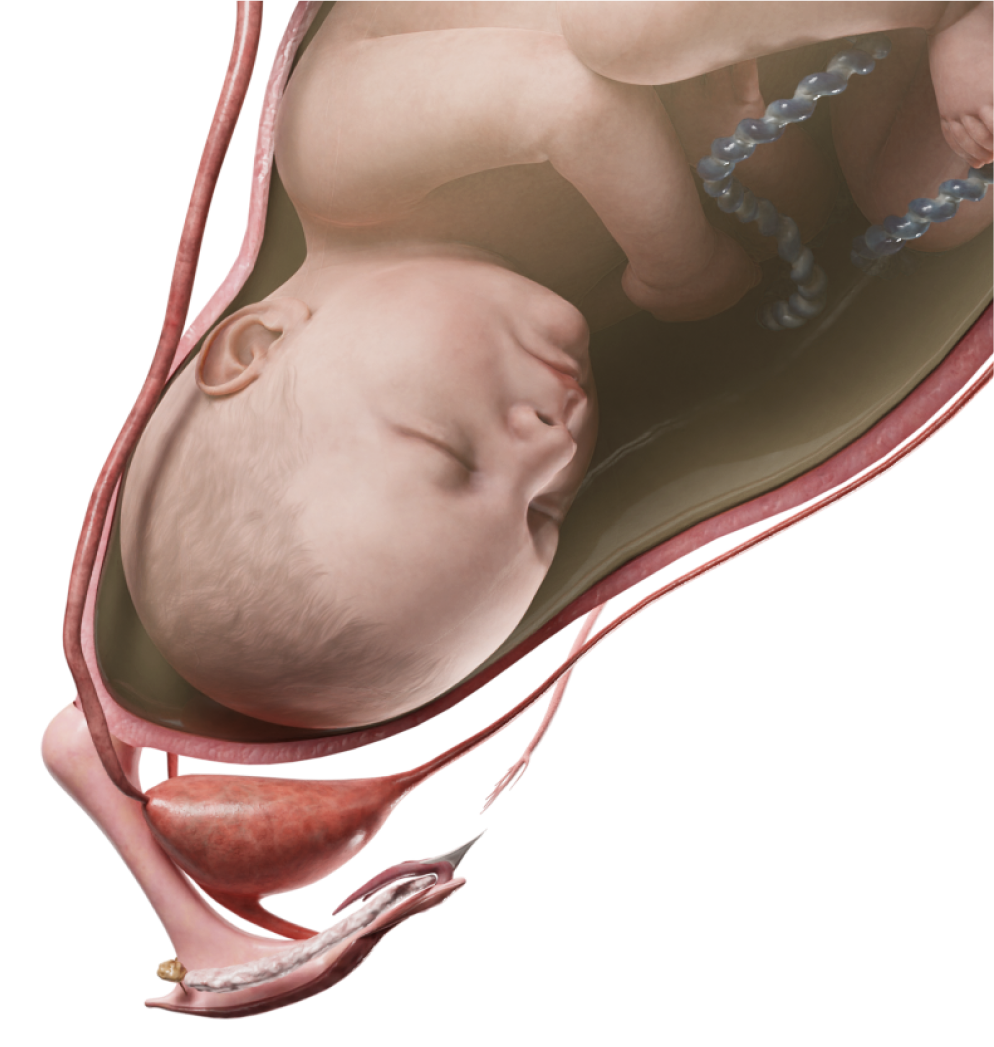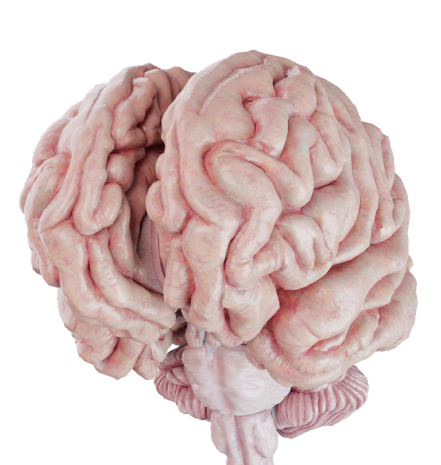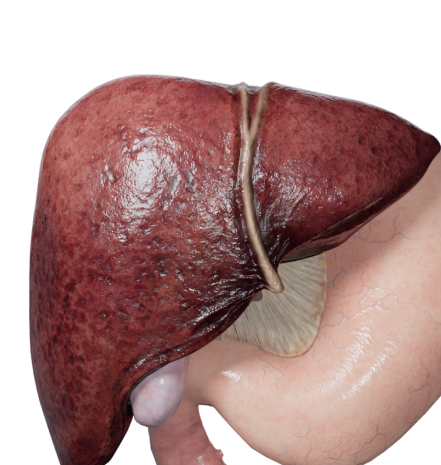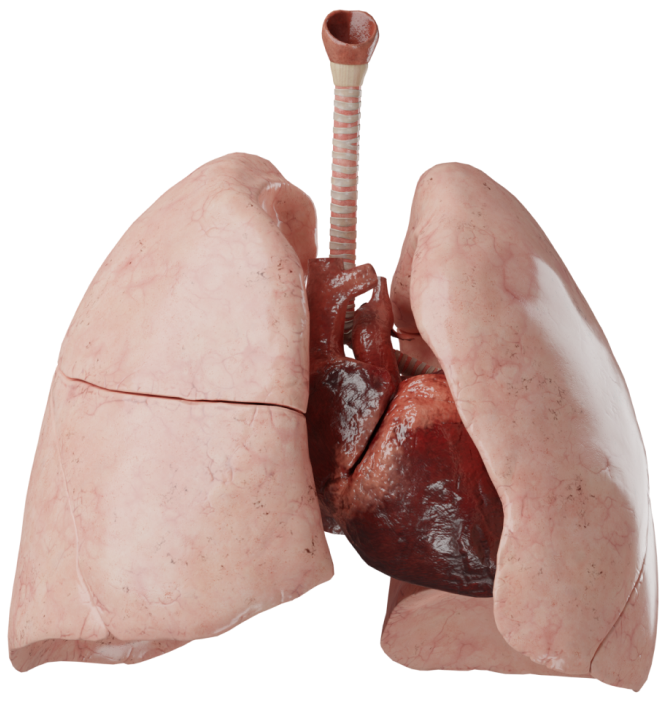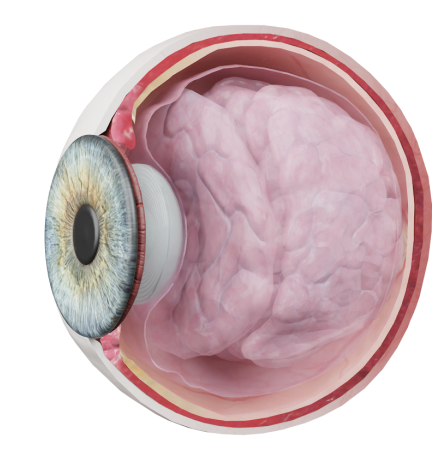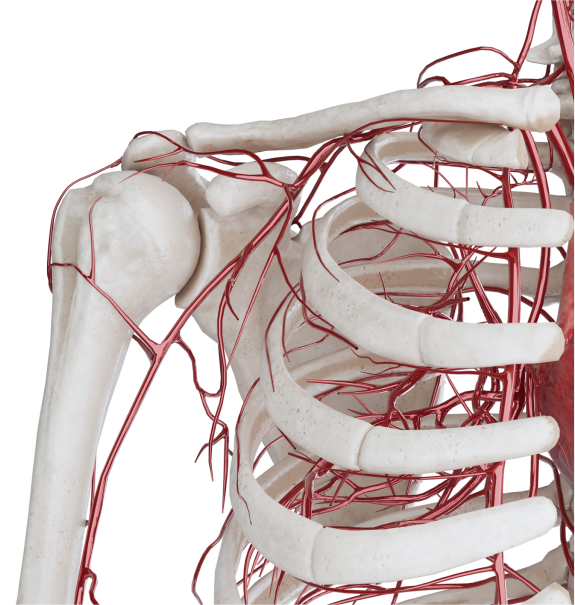Дефект межжелудочковой перегородки
Что такое дефект межжелудочковой перегородки?
При данном пороке существует отверстие между правым и левым желудочком.
Эмбриология
Первым формируется мышечная часть межжелудочковой перегородки. Она растет по направлению от верхушки к предсердиям и состоит из переплетающихся мышечных тяжей. Часть, которая не сформировалась (сверху) называется межжелудочковое окно. Затем образуется аортолегочная перегородка, которая разделяет артериальный ствол на аорту и легочной ствол. Вместе с ними формируются две складки, растущие по спирали. По мере роста и ротации она сливается с мышечной перегородкой и формируется мембранозная часть перегородки, которая закрывает т.н. межжелудочковое окно. Но остается открытым т.н. вторичное межжелудочковое отверстие. Рост эндокардиальных подушек приводит к разделению предсердий, а также к окончательномуформированию мембранозной части. При нарушении на каком-либо из данных этапов и возникает дефект.
Анатомия
Межжелудочковая перегородка - не плоская структура и не прямая стенка, в норме она изогнута. Со стороны левого желудочка перегородка имеет гладкую структуру, с небольшими трабекулами, как и сам левый желудочек. Со стороны правого желудочка, особенно в области верхушки перегородка выражено трабекулярная. В выводной части правого желудочка трабекулярность менее выражена, особенно зоне конусной перегородки. От конусной перегородки вниз отходит септальный пучок, который расширяется книзу и частично продолжается в виде модераторного тяжа, который срастается с передней папиллярной мышцей ТК. Между задне нижним и передне верхним краями перегородки располагается конусная ее часть. Выделяют следующие анатомические части межжелудочковой перегородки: мембранозная, приточная, мышечная, отточная и конусная. Дефекты могут формироваться в каждой из них и каждый из них является характерным для определенных комплексных пороков. Самым частым самостоятельным ВПС является дефект мембранозной части межжелудочковой перегородки.
Гемодинамика
При данном дефекте кровь шунтируется из левого желудочка в правый. Объем сброса зависит от размера и расположения дефекта. В результате этого увеличивается кровоток в легочной артерии (Qp:Qs больше 1), давление в легочной артерии, правом и левом желудочке. В отличие от дефекта межпредсердной перегородки, при котором происходит перегрузка объемом легочной артерии, при ДМЖП также происходит перегрузка давлением. Из-за этого происходит быстрое развитие легочной сосудистой болезни. После развития легочной гипертензии из-за повышения давления в правых отделах сердца, происходит смена шунта на право-левый (с-м Эйзенменгера).
Классификация
По расположению:
- Перимембранозный. Располагаются в мембранозной части перегородки.
- Мышечный (трабекулярный). Могут располагаться в любой части мышечной перегородки. Бывают одиночные или множественные.
- Инфундибулярный (подлегочный, коновентрикулярный). Дефект располагается под клапаном легочной артерии.
- Приточный. Располагается около септальной створки трикуспидального клапана.
По размерам:
- малые дефекты - менее 25% от диаметра клапана аорты
- средние - 25-75%
- большие - более 75%.
По степени давления в желудочках:
- Рестриктивные (градиент систолического давления между желудочками высокий)
- Нерестриктивные (градиент систолического давления отсутствует или незначительный)
Диагностика
- ЭХОКГ с допплерометрией. Основной диагностический признак — непосредственная визуализация дефекта. Данное исследование предоставляет как морфологические, так и гемодинамические данные: размер, местоположение, количество дефектов и тд.
- Рентгенография органов грудной клетки. Пациенты с небольшими дефектами часто не имеют изменений. Значительные изменения в легочной структуре появляются, когда Qp / Qs (соотношение легочного и системного кровотока) составляет 2: 1 или более: тень сердца увеличена, усиление сосудистого рисунка легких, легочная артерия расширена.
- ЭКГ. Чаще нормальные показатели. Изменения наблюдаются у пациентов с большими шунтами по мере нарастания сброса через дефект - появляются признаки перегрузки левого желудочка и левого предсердия.
- КТ, МРТ. Полезны в случаях, когда анатомия порока сложной и сопровождается другими ВПС.
- Катетеризация полостей сердца: по показаниям для расчета гемодинамических параметров, определения операбельности.
Клинические проявления
Степень повышения давления в ЛА и, соответственно, клинических проявлений, зависит от величины лево-правого шунта и легочного сопротивления. Сразу после рождения легочное сосудистое сопротивление высокое, ДМЖП может оставаться невыявленным, т.к. незначительный градиент не приведет к значимому сбросу.
К 4-6 неделе у детей с большим дефектом могут развиваться первые симптомы сердечной недостаточности - одышка, особенно при кормлении, повышенная потливость, отсутствие прибавки массы тела. У некоторых детей с маленьким ДМЖП никаких симптомов не выявляется.
Из-за накопления фиброзной ткани возле дефекта, некоторые из них склонны к спонтанному закрытию. Однако уменьшение симптомов сердечной недостаточности со временем не обязательно указывают на то, что дефект уменьшился. Это происходит из-за повышения давления в легочной артерии, развитии легочной сосудистой болезни.
После ее развития происходит смена шунта на право-левый, клинически это проявляется цианозом. Конечно, развитие этих симптомов зависит от размеров: очень маловероятно развитие сердечной недостаточности и легочной гипертензии у детей с маленькими дефектами.
Лечение
Хирургическое лечение ДМЖП редко является экстренным. В большинстве случаев операцию можно отсрочить до более старшего возраста. Четко выявленных показаний к операции не существует, есть косвенные признаки, на которые можно ориентироваться. В любом случае, решение принимается на основании клинических данных, размера дефекта и состояния пациента. Показаниями к оперативному лечению является:
- Наличие стойких симптомов сердечной недостаточности, толерантность к медикаментозной терапии.
- Отставание в физическом развитии, частые госпитализации, связанные с неуспешностью консервативного лечения.
- Давление в легочной артерии более 50% системного - коррекцию рекомендуется выполнять к концу первого года жизни, т.к. чаще всего такой дефект не закроется спонтанно и с большей вероятностью приведет к развитию ЛГ.
- Наличие аортальной регургитации.
- Давление в ЛА менее 50% от системного - можно отложить коррекцию.
Методы коррекции:
- Одномоментная радикальная коррекция - закрытие изолированного дефекта заплатой из синтетических материалов.
- Двухэтапная коррекция (бандирование легочной артерии в периоде новорожденности и радикальная коррекция в старшем возрасте) - на данный момент практически не используется.
- Рентгенэндоваскулярная коррекция - для мышечных и редко перимембранозных дефектов. Для этого метода имеется значительное количество противопоказаний и осложнений.




